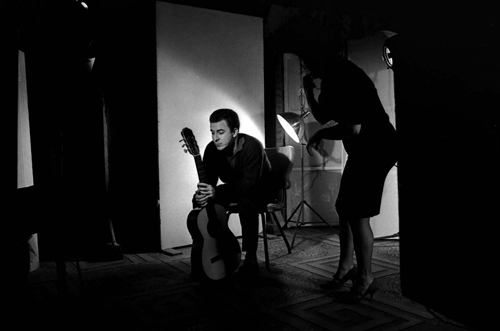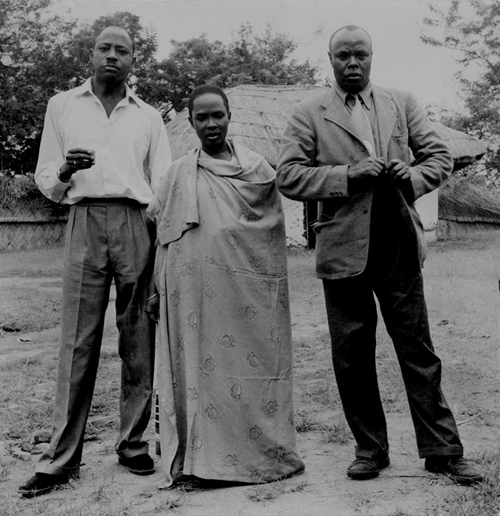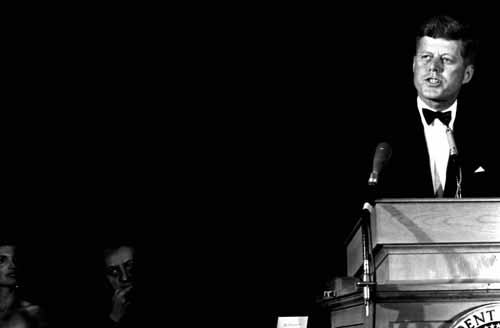 Baptism: A Journey Through Our Time was a 1968 album of poetry spoken and sung by Joan Baez.
Baptism: A Journey Through Our Time was a 1968 album of poetry spoken and sung by Joan Baez.
Artwork by Robert Peak. Design by Jules Halfant
TRACK LISTING
Old Welsh Song” (Henry Treece)
2.”I Saw the Vision of Armies” (Walt Whitman)
3.”Minister of War” (Arthur Waley)
4.”Song In the Blood” (Lawrence Ferlinghetti/Jacques Prévert)
5.”Casida of the Lament” (J.L. Gili/Federico García Lorca)
6.”Of the Dark Past” (James Joyce)
7.”London” (William Blake)
8.”In Guernica” (Norman Rosten)
9.”Who Murdered the Minutes” (Henry Treece)
10.”Oh, Little Child” (Henry Treece)
11.”No Man Is an Island” (John Donne)
12.”Portrait of the Artist As a Young Man” (James Joyce)
13.”All the Pretty Little Horses” (traditional)
14.”Childhood III” (Arthur Rimbaud/Louis Varese)
15.”The Magic Wood” (Henry Treece)
16.”Poems from the Japanese” (Kenneth Rexroth)
17.”Colours” (P. Levi, R. Milner-Gulland, Yevgeny Yevtushenko)
18.”All in green went my love riding” (E. E. Cummings)
19.”Gacela of the Dark Death” (Federico García Lorca/Stephen Spender)
20.”The Parable of the Old Man and the Young” (Wilfred Owen)
21.”Evil” (N. Cameron/Arthur Rimbaud)
22.”Epitaph for a Poet” (Countee Cullen)
23.”Mystic Numbers- 36″
24.”When The Shy Star Goes Forth In Heaven” (James Joyce)
25.”The Angel” (William Blake)
26.”Old Welsh Song” (Henry Treece)
Joan Baez‘s most unusual album, Baptism is of a piece with the “concept” albums of the late ’60s, but more ambitious than most and different from all of them. Baez by this time was immersed in various causes, concerning the Vietnam War, the human condition, and the general state of the world, and it seemed as though every note of music that she sang was treated as important — sometimes in a negative way by her opponents; additionally, popular music was changing rapidly, and even rock groups that had seldom worried in their music about too much beyond the singer’s next sexual conquest were getting serious. Baptism was Baez getting more serious than she already was, right down to the settings of her music, and redirecting her talent from folk song to art song, complete with orchestral accompaniment. Naturally, her idea of a concept album would differ from that of, say, Frank Sinatra or The Beatles. Baptism was a body of poetry selected, edited, and read and sung by Baez, and set to music by Peter Schickele (better known for his comical musical “discoveries” associated with “P.D.Q. Bach,” but also a serious musician and composer). In 1968, amid the strife spreading across the world, the album had a built-in urgency that made it work as a mixture of art and message — today, it seems like a precious and overly self-absorbed period piece.
A clip of Whitman’s poem spoken by Joan Baez can be listened on The Genealogy of Style‘s Facebook page: https://www.facebook.com/pages/The-Genealogy-of-Style/597542157001228



















